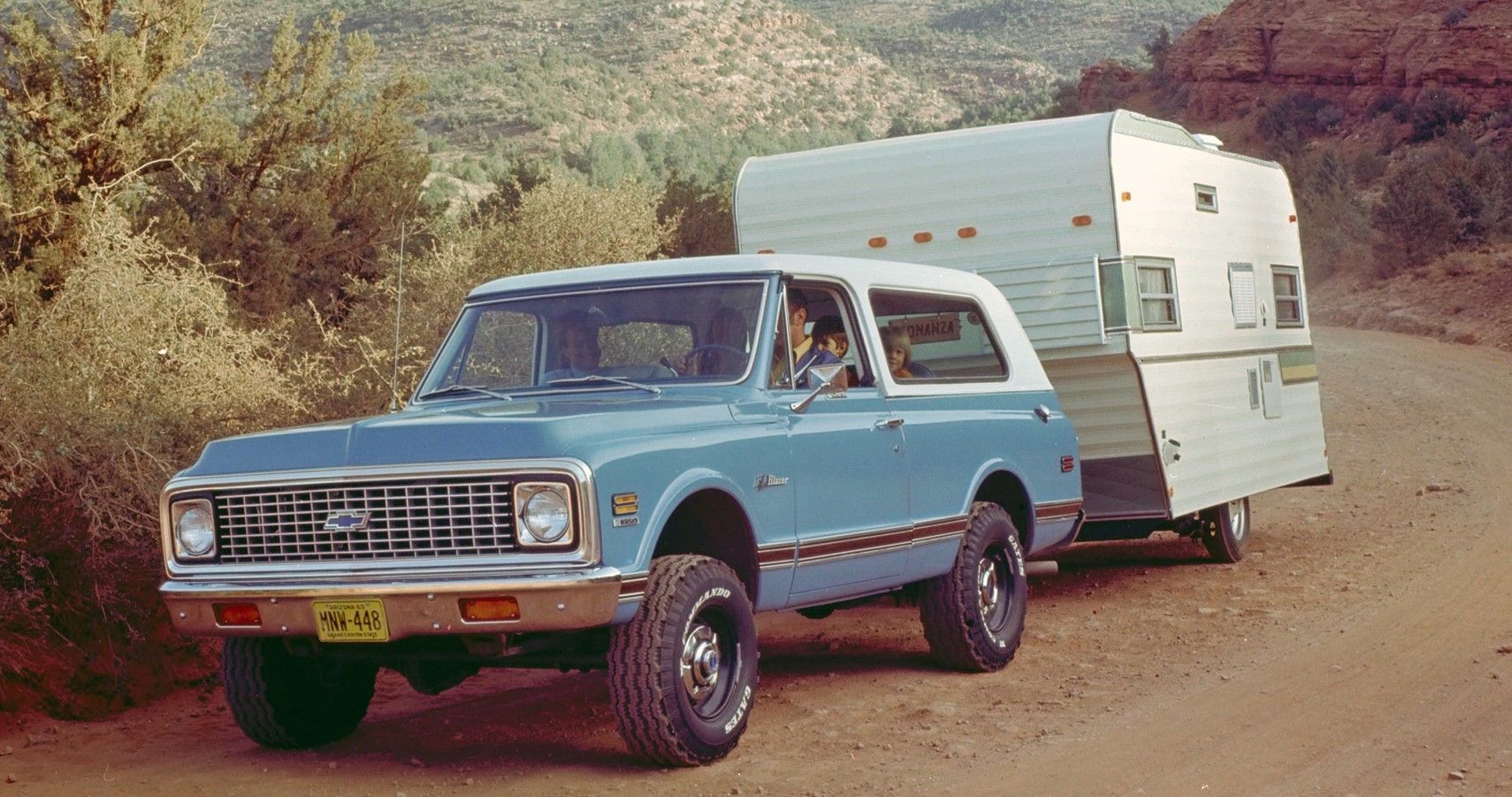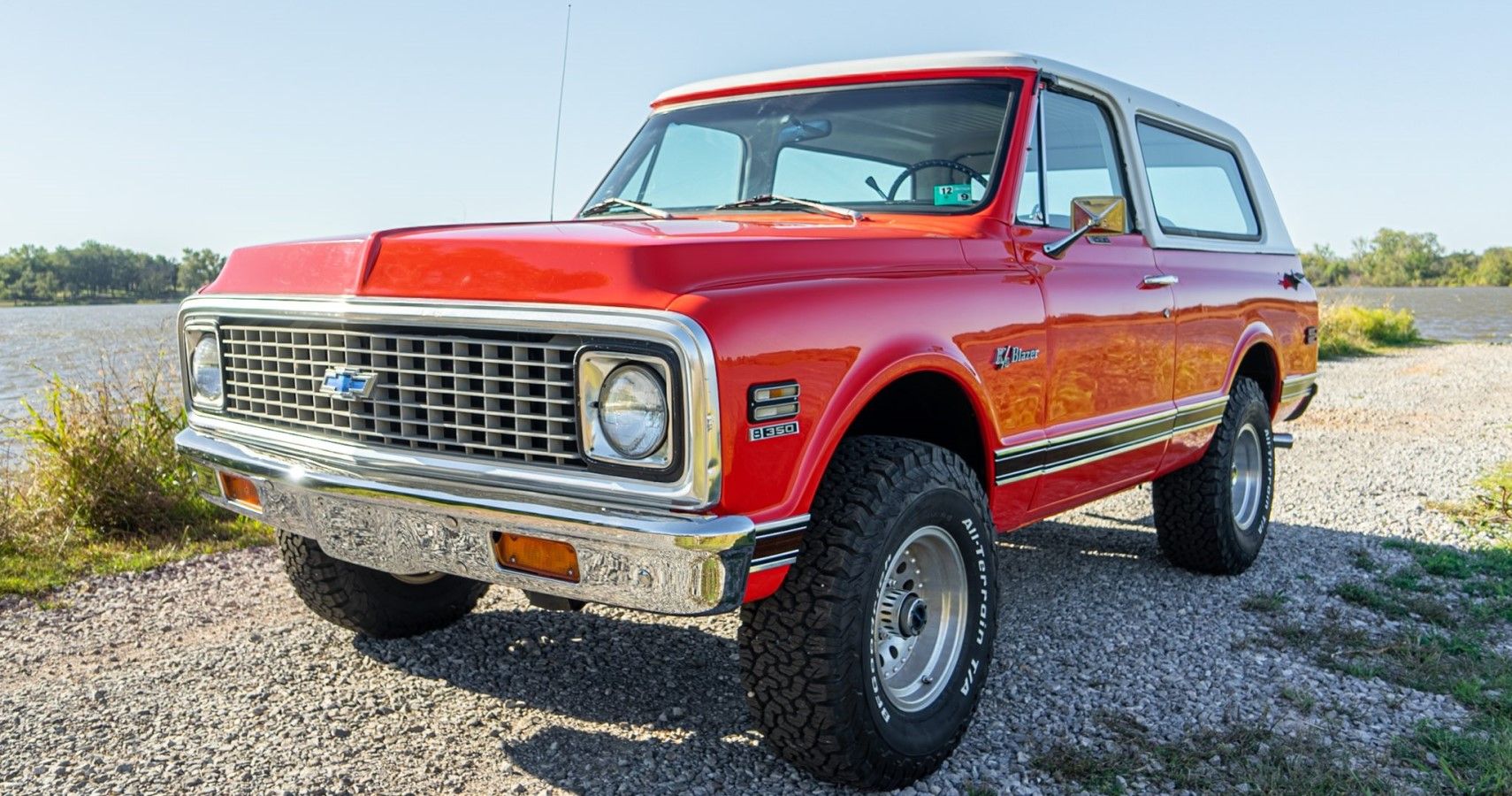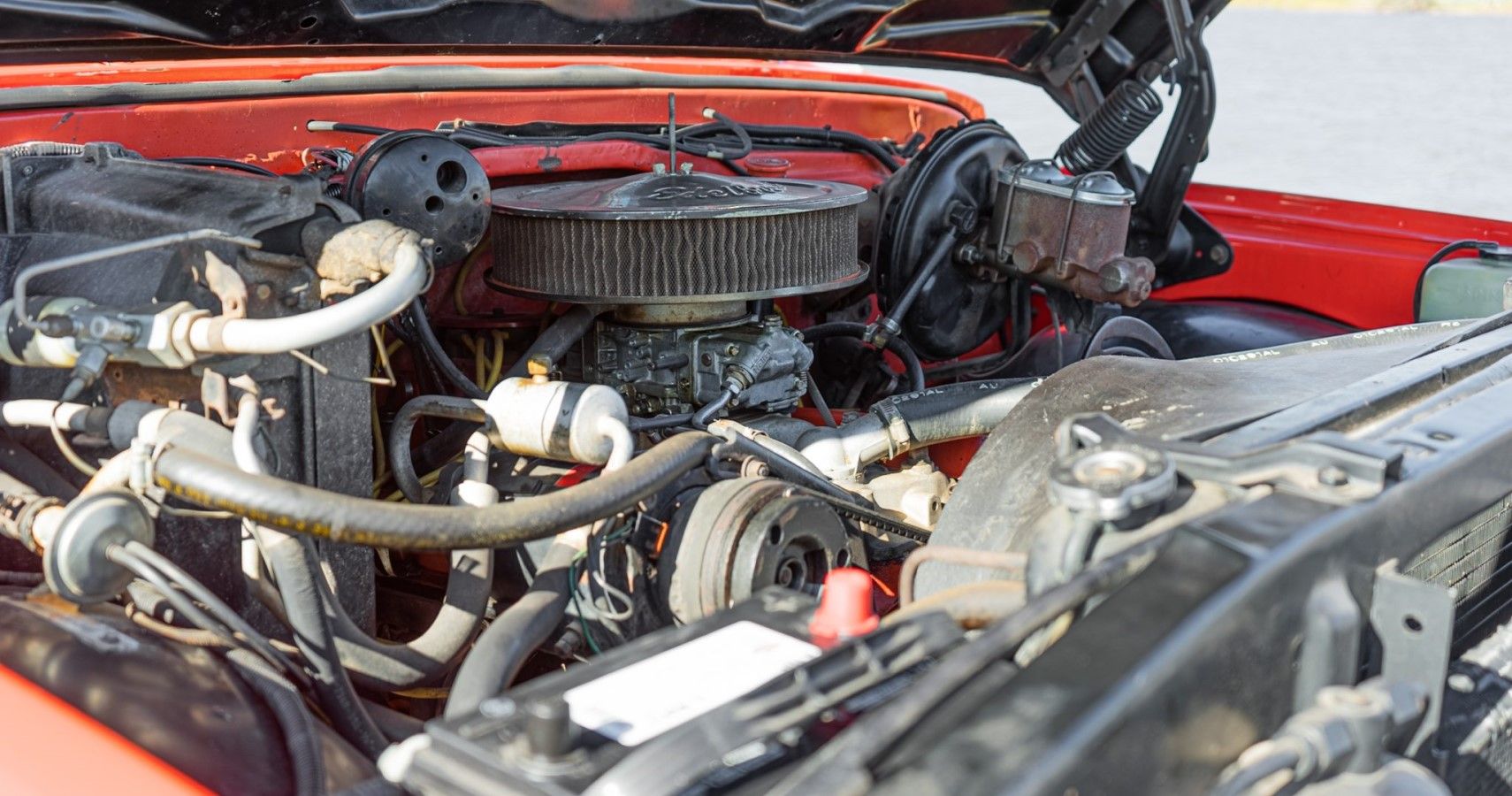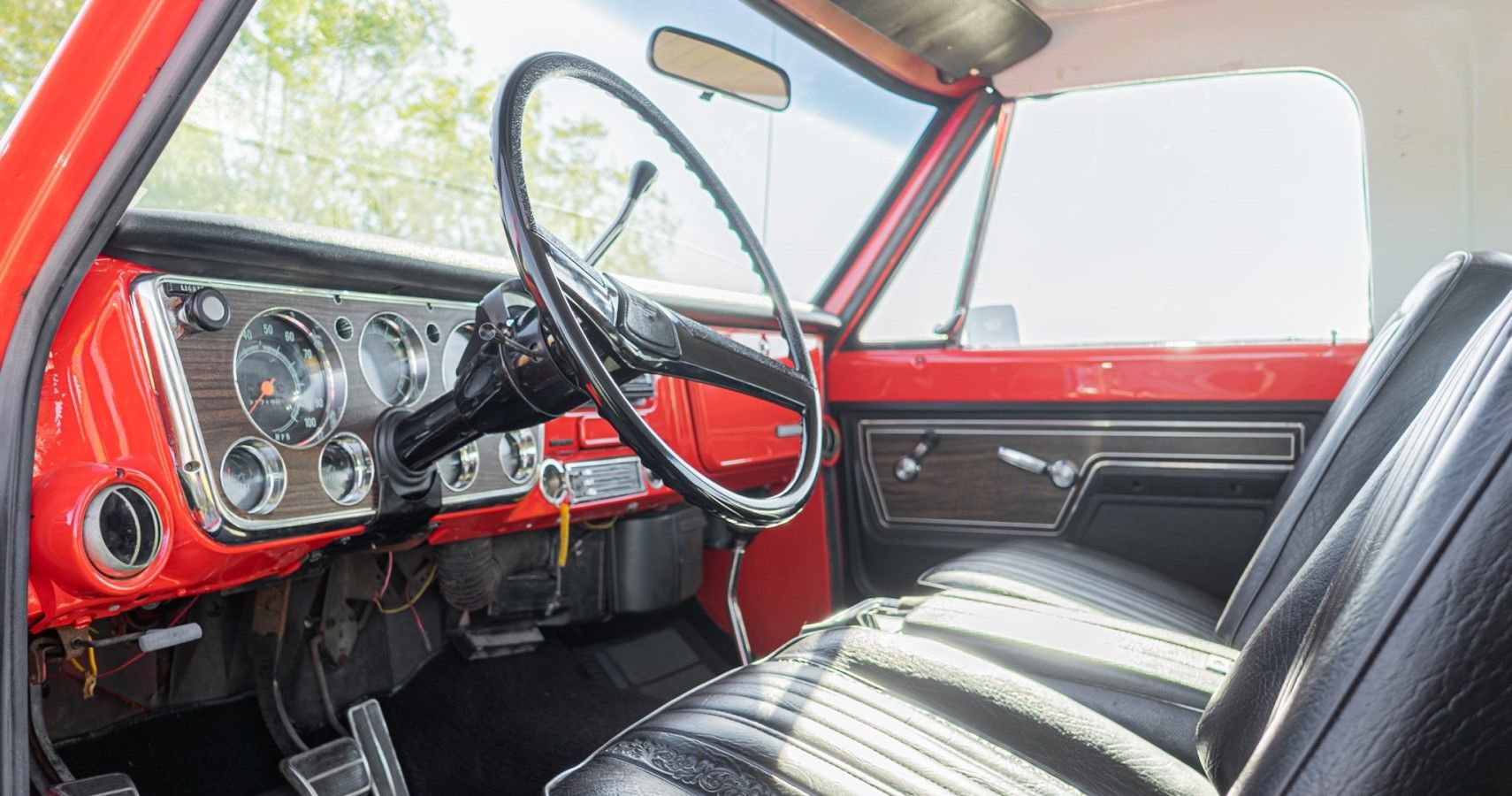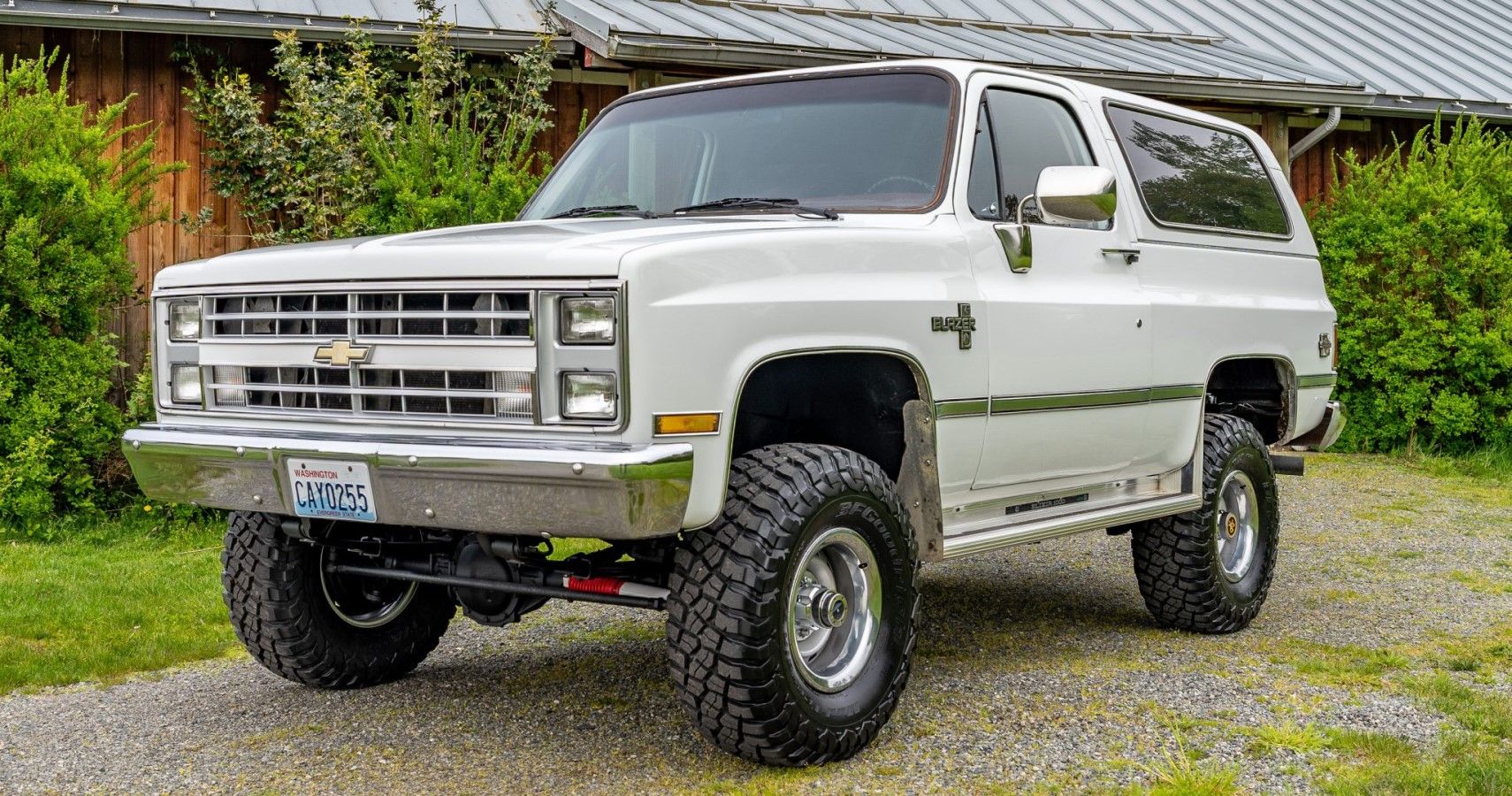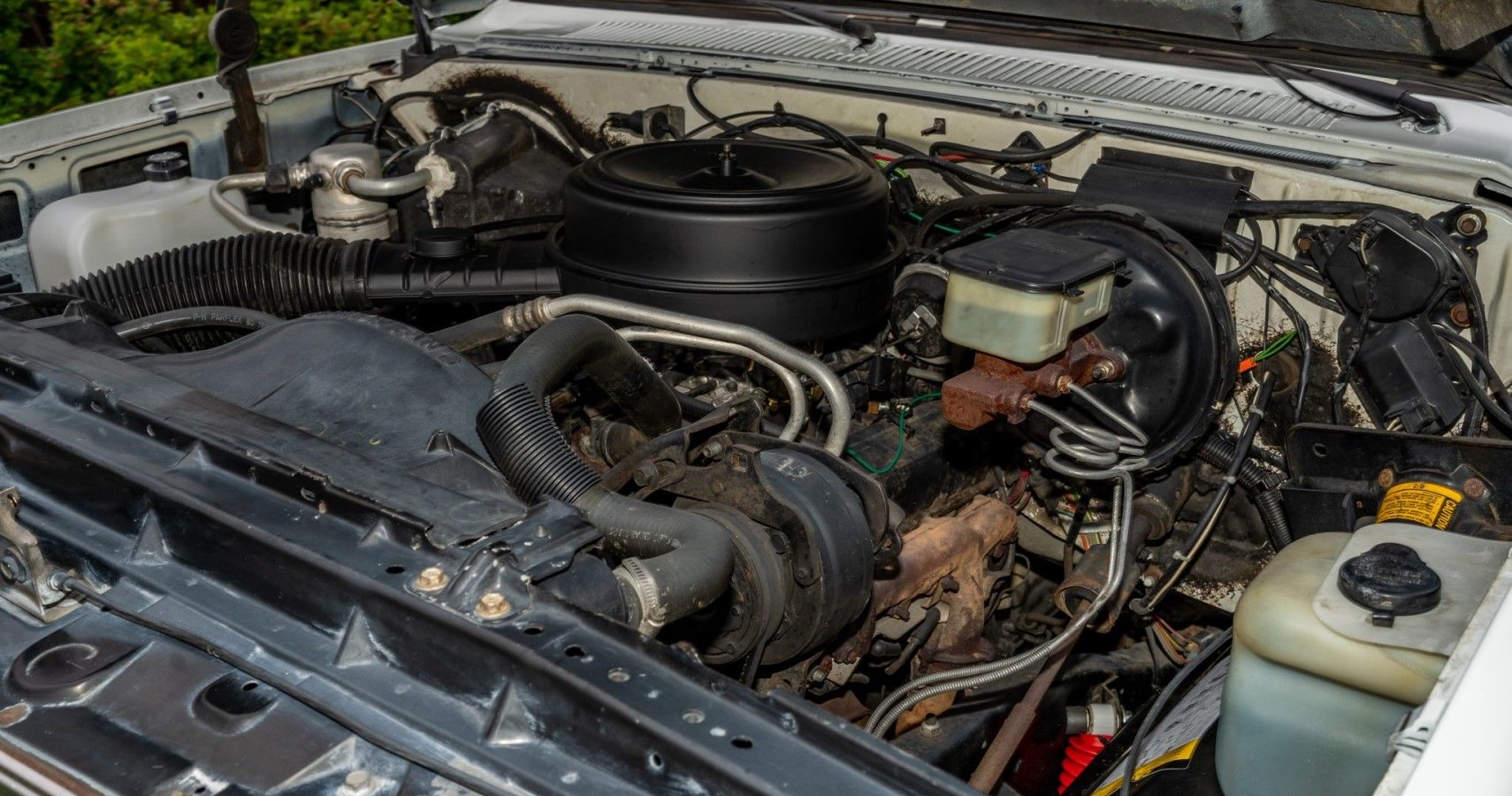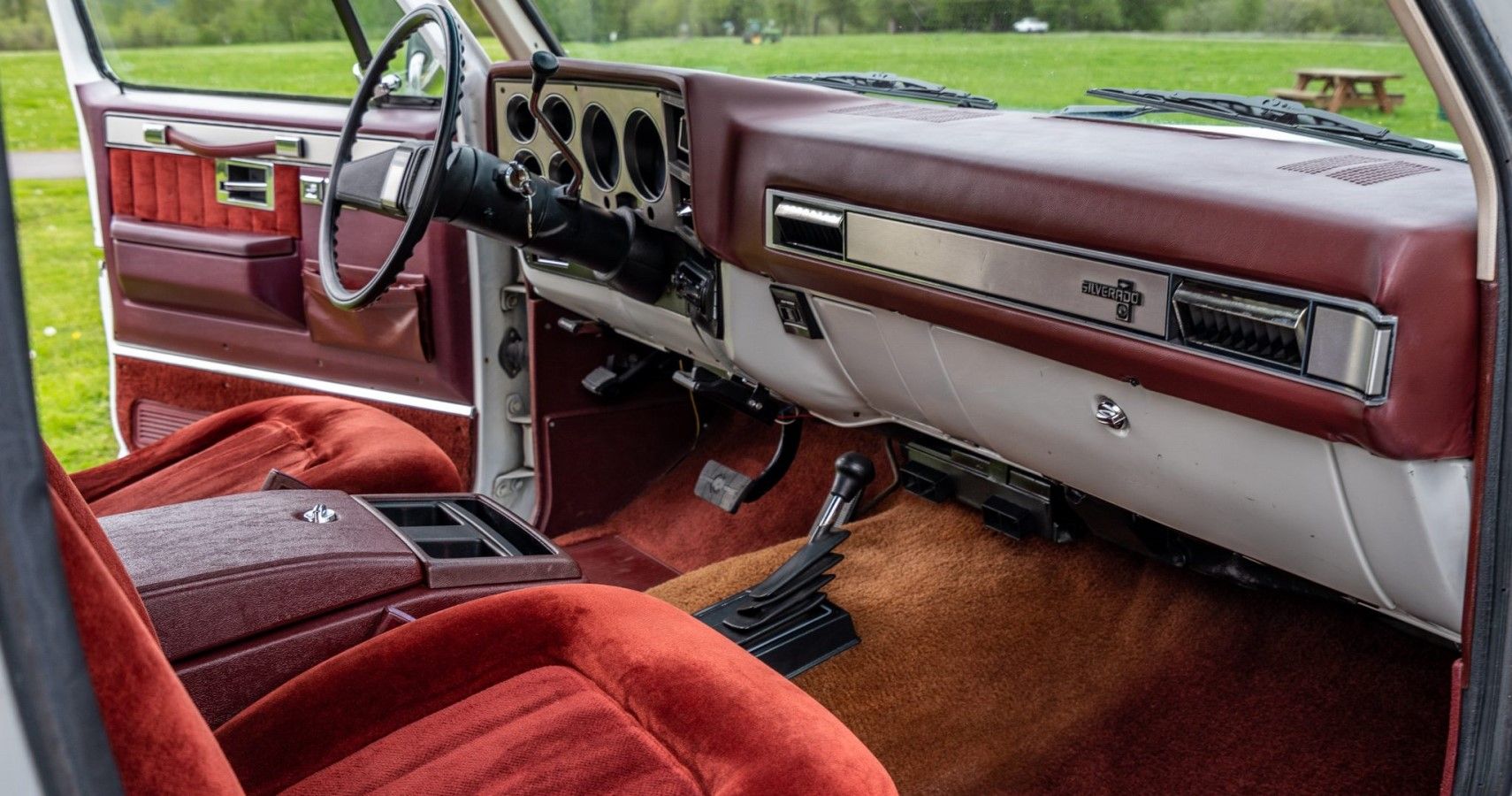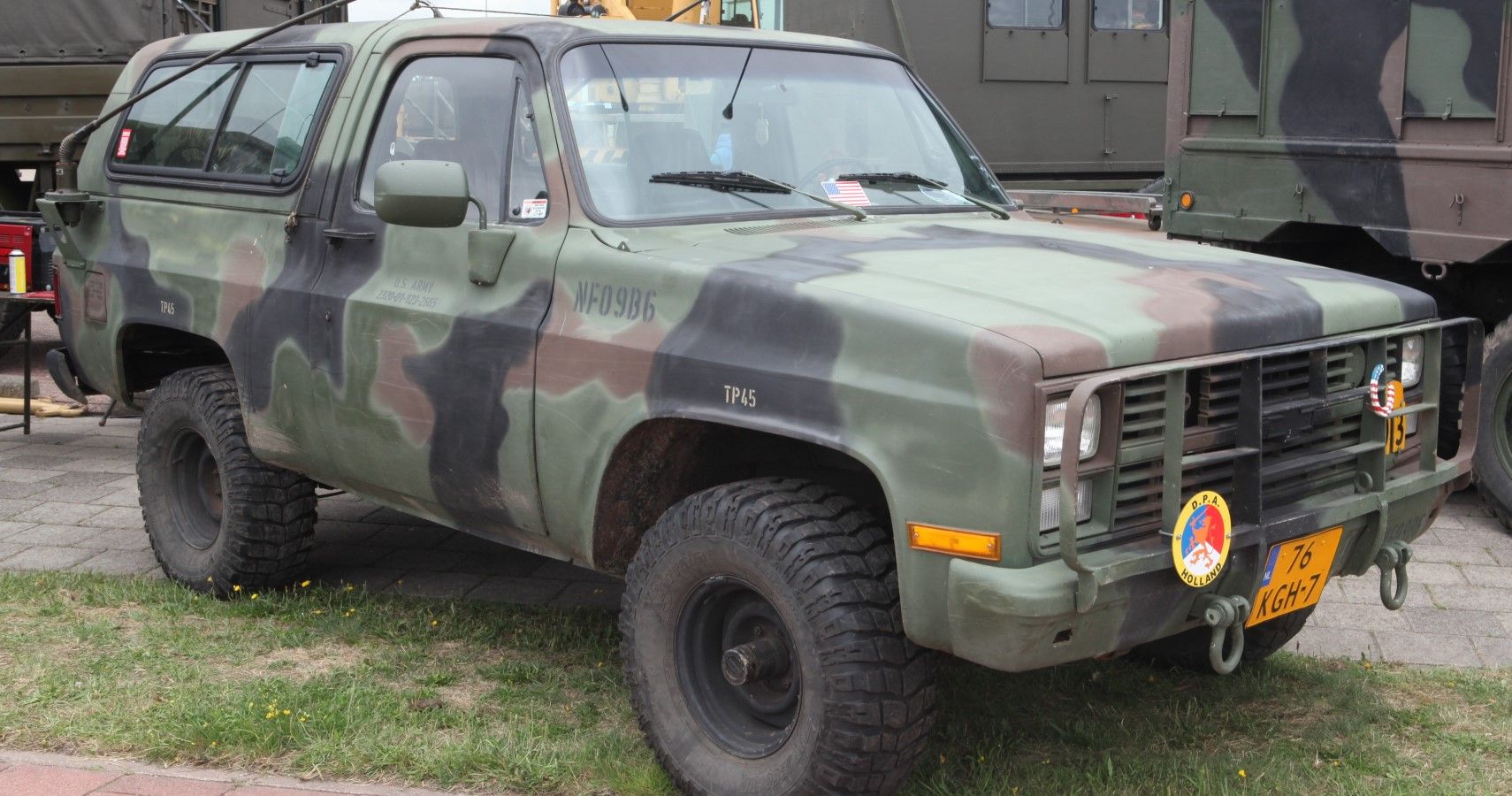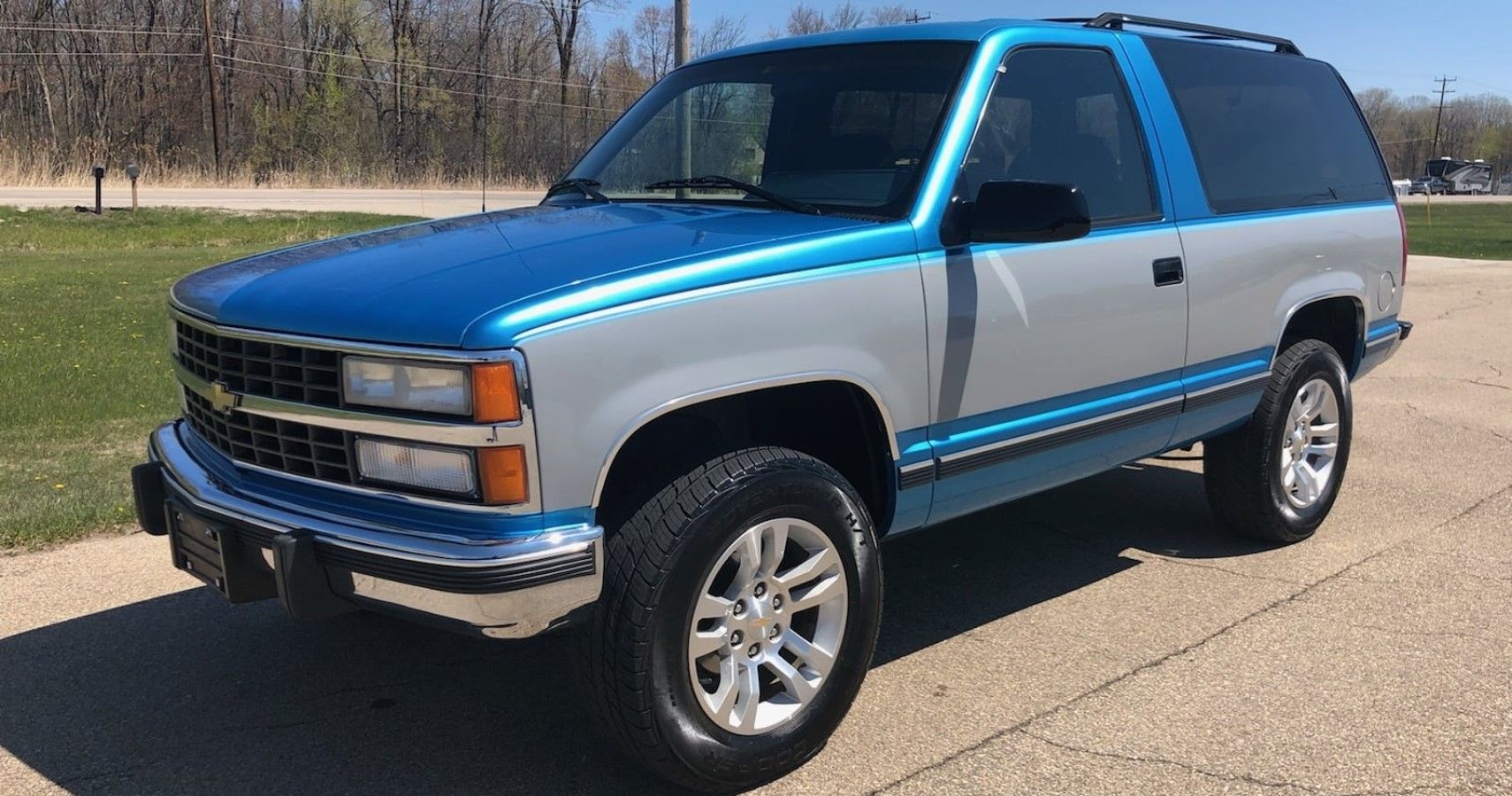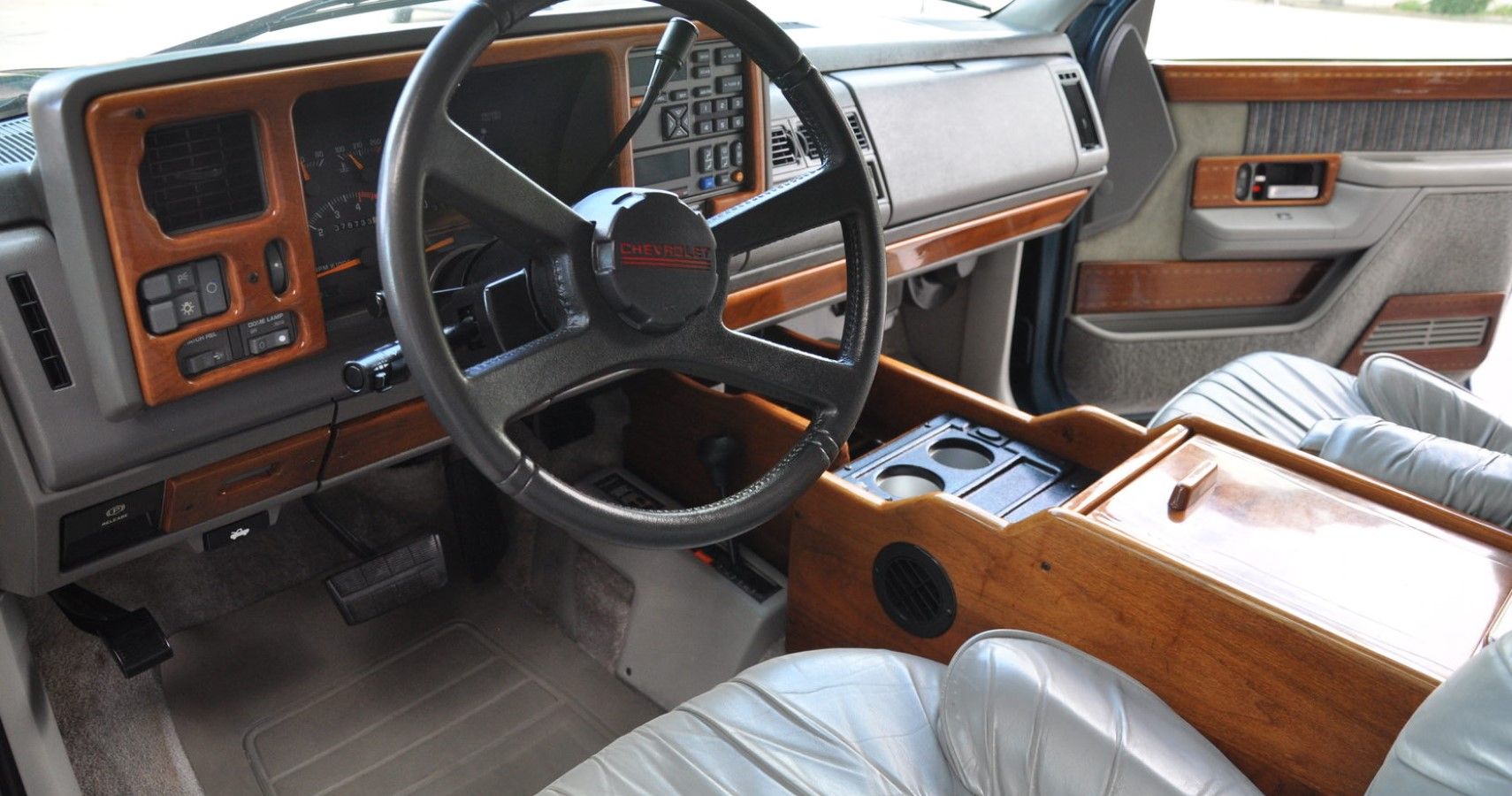Crossovers and off-road-ready body styles are all the craze today due to their "all-in-one" approach. Sedans, coupes, and wagons are all eventually becoming extinct body-styles. But if you dial back 50 years, SUVs were more of a "want" than a "need". During the 70s, Ford had the Bronco, and Jeep had the CJ Series. These 4X4s were all the craze, and Chevrolet was there as well.
To get its share of this fun segment, they had introduced the K5 Blazer in 1969. It used a Chevy K10 truck chassis and coupled it to a muscular body and a comfy interior. But little did they know that it would be spawning a segment disruptor. Chevy managed to join the capabilities of an off-roader to the roomy and comfortable cabin of a passenger car with the K5 Blazer.
It was offered in both 4X4 and RWD configurations during its lifecycle of 25 years. This iconic off-roader has been sleeping for quite some time. And just like how Ford brought back the Bronco, we feel that Chevy should do the same with the K5 Blazer.
The Chevy K5 Blazer was a parts-bin offering underpinned by a pick-up chassis. But this full-size SUV surprised its competition with a flexible fun quotient!
First-Gen Chevy K5 Blazer: An Underdog Is Born
The first-gen K5 Blazer was a parts-bin product. Chevy wanted to bring out a fun and compact SUV quickly. And so they built the K5 Blazer using the short-box K10 pickup chassis. The result was a relatively compact, pick-up-based SUV that was equally capable as the competition and a lot more. The bigger chassis gave it a more spacious cabin and couple that with its wider track, it was capable on the tarmac too.
The first-gen K5 Blazer came with four hearts - a 110 hp (250 cu. in.) 4.1-Liter Inline-6, a 125 hp (292 cu.in.) 4.8-Liter Inline-6, a 135 hp (307 cu.in.) 5.0-Liter V8, and a 170 hp (350 cu.in.) 5.7-Liter V8. These engines were either coupled to a four-speed manual or a three-speed automatic. The latter was a luxury among SUVs of the time. In 1969, the K5 Blazer came only with a 4X4 layout. For 1970 it was offered with a RWD layout too, but the 4WD version proved more popular as it sold the most units.
The 4WD version came with solid axles on both ends and leaf springs. But with the RWD layout, the K5 Blazer got an independent front suspension which improved its handling. The hard top was completely removable and provided an elevated top-down experience. It was also offered with a soft-top, and the interior was more spacious than the other off-roading SUVs in the class. All of these features made the first-gen K5 Blazer a blooming success story.
Second-Gen Chevy K5 Blazer: Bigger, Smarter, And A Militarized Version
The second-gen K5 Blazer received a fresh new design. This generation debuted for 1973 and continued through 1991. This was the longest-running generation for the K5 Blazer and so, a lot of major upgrades came forth eventually.
A new and more powerful engine was added to the rooster - a 175 hp (400 cu.in.) 6.6-Liter V8. A new four-speed automatic transmission was also added to the drivetrain layout. Its 4WD system was going through a continuous evolution with the eventual introduction of a shift-on-the-fly system, and the Dana axles were replaced by the late 70s for GM's 10- and 12-bolt heavy-duty axles.
This was also when Chevy packed in a 305 V8 with a respectable 9.2:1 compression ratio. Although it provided the same torque as the 350 V8 it was still underpowered for this heavy vehicle and prone to detonation. But there were loads of clever comfort and technology features added in this generation run. The tailgate and rear hatch glass were combined which allowed the glass panel to be retracted inside the tailgate.
In 1983, a military-spec K5 Blazer was made as to the M1009 CUCV. It was in production till '87 and came with a 6.2-Liter diesel motor. It was beefed up with an extra leaf spring for the suspension, a rifle rack, a front-mounted brush guard, and a hybrid 12/24V electrical system.
Visually, it had a rugged appeal with a special "camo" painted pattern design and blacked-out headlights. For the first time, fuel injection was introduced in 1987 which brought about more refinement. In 1990, standard ABS for the rear wheels and an electronic speedometer system was added.
Third-Gen Chevy K5 Blazer: Epilogue To A Well-Rounded SUV
This generation lost the "K5" prefix. This was more of a test run to see if the two-door SUV formula remained relevant or not. It was based on the GMT400 platform that was introduced in Chevy's pick-up line for 1988. A 5.7-Liter V8 remained the standard engine of choice with a 180 hp 6.5-Liter diesel added as an option in 1994.
In 1995, the Blazer succumbed to the dying craze for two-door SUVs. It was replaced by the Chevy Tahoe which found fame in its four-door format. And the compact S10 pickup had spawned a two-door SUV which was called the "Blazer" but it never achieved K5-level fame.
The K5 Blazer was an abrupt response by Chevy to get a bite of the booming fun-SUV segment back in the day. But this SUV turned out to be a well-rounded package that gave Chevy a big slice of the pie, and not just a bite!
Source: Chevrolet

